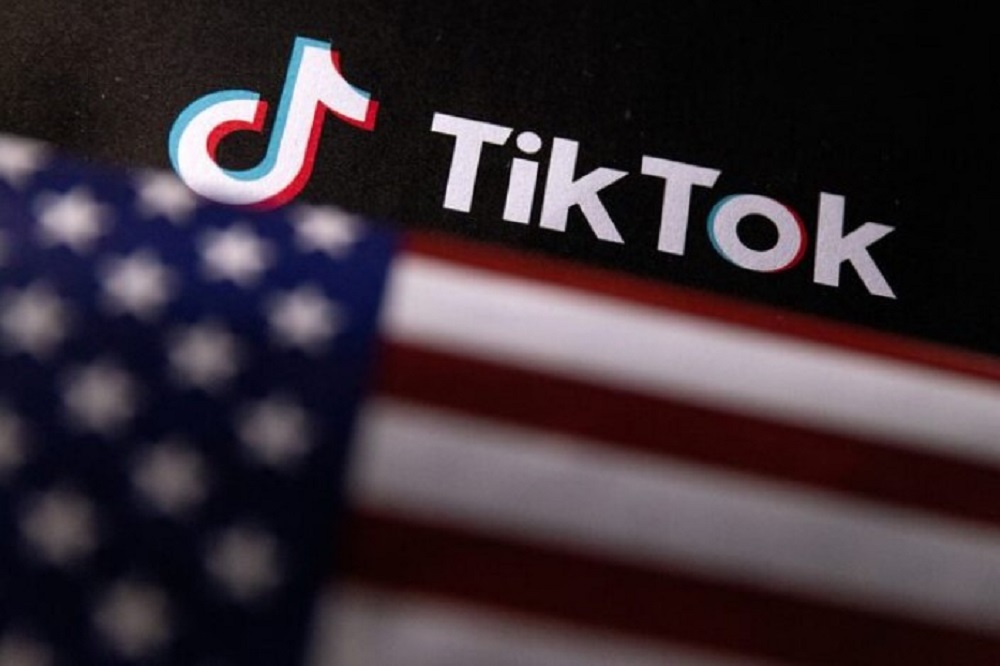By The FINANCIAL
Copyright finchannel

Payday loans remain widely available in 2025, but many borrowers are rethinking how they fit into long-term financial plans. With broader access to alternative credit and stronger consumer protections, choosing a payday lender now requires more deliberation.
Today’s borrowers weigh repayment terms, fees, transparency, and long-term impact, especially in regions with strict regulations or flexible digital alternatives. As payday lending evolves, knowing your options has never been more important. Whether covering an urgent bill or a temporary income gap, borrowers now have more routes to consider before turning to high-cost loans.
Key Features That Still Define Payday Lending
Despite criticism, payday loans continue to serve a purpose for certain consumers. Most payday loans offer immediate access to cash, often within hours. Applicants typically provide proof of income, a valid ID, and access to a bank account. These loans are repaid in full by the next paycheck, usually within two weeks.
The appeal remains clear: speed, simplicity, and no requirement for traditional credit checks. For those with limited credit history or urgent needs, this setup remains attractive. However, the short repayment window and high fees often make payday loans hard to manage.
Many lenders charge fees that translate to APRs over 300 percent. This makes repayment difficult if a borrower rolls over the balance or takes out a new loan to pay off the original. For many, it starts a cycle that’s hard to escape.
Digital Lenders Bring New Tools to the Table
Online lending platforms in 2025 are improving borrower experience with greater clarity and control. Fintech services like CreditNinja now offer small loans with clearer terms and flexible repayment options as alternatives to payday loans. Many allow repayment across multiple pay periods, easing the financial strain of lump-sum payday debt.
Unlike traditional payday lenders, these digital lenders frequently cap fees, provide upfront cost estimates, and report to credit bureaus, giving borrowers a chance to build credit history. Automated reminders, income-linked repayments, and mobile app support further enhance usability.
Not all platforms are equal, though. Borrowers should read the terms carefully, looking for signs of hidden rollover fees or short grace periods. Still, in comparison to storefront payday lenders, many borrowers find these tools more manageable.
Installment Loans Offer More Structure and Predictability
Fixed, spread-out payments are often easier to manage than the lump sums required by payday loans.
Flexible Repayment Suits Monthly Budgets
Predictable payments allow borrowers to include repayment as part of their monthly routine. With no large lump sum due after two weeks, financial stress is reduced. Most installment loans break repayment into biweekly or monthly segments, aligned with how many people get paid.
This allows borrowers to manage expenses without needing to skip bills or borrow again. The steady repayment pace gives borrowers time to recover between payments.
Clarity Helps With Long-Term Planning
A fixed schedule makes it easier to plan. Borrowers know the exact date each payment is due and how much will be withdrawn. This level of visibility prevents surprises and enables comparison shopping between lenders.
Installment loans also often include a payoff schedule showing how much of each payment goes to interest versus principal. That level of detail is rarely available with payday loans.
Community-Based Alternatives Gain Popularity
Borrowers are turning to credit unions, payroll advances, and local nonprofits. In response to the downsides of payday loans, some organizations now offer small-dollar lending alternatives designed with affordability in mind. Credit unions often provide emergency loans with interest rates far below those of payday lenders. Eligibility usually requires a short membership period and direct deposit setup.
Some employers now partner with financial wellness platforms that allow employees to access a portion of earned wages ahead of payday. This can prevent the need for external borrowing altogether.
Nonprofit lenders and local government programs are also filling gaps. They may provide interest-free loans or grants for specific emergencies such as housing or medical bills. While these are not always widely available, they are worth exploring before resorting to a payday lender.
Buy Now, Pay Later Expands Beyond Retail
BNPL services now support bills, medical costs, and transportation needs. The Buy Now, Pay Later model, once limited to e-commerce, has moved into essential services. Utility providers, insurance carriers, and even clinics now allow installment plans through third-party BNPL partners. This lets users split large payments into manageable chunks.
Unlike payday loans, many BNPL services charge no interest if payments are made on time. Some do perform a soft credit check, but approval is typically broad. The key is maintaining timely payments, as late fees can add up fast, and missed payments may affect credit. For those with recurring expenses that spike unpredictably, these services can provide a low-friction buffer that avoids the trap of high-interest debt.
Borrowers Must Examine Total Cost and Repayment Timeline
The lowest monthly payment doesn’t always mean the best deal. When comparing payday loans with alternatives, many borrowers focus on interest rates. But it’s just as important to understand the total repayment amount, including fees, and whether the timeline works for your income cycle.
For example, a short-term loan with low fees may still cause trouble if it’s due in two weeks and no extra income is expected. On the other hand, a slightly more expensive installment plan could offer the space to repay without stress, avoiding penalties or rollovers.
In 2025, loan calculators are widely accessible online. These tools help borrowers break down payment schedules, track interest over time, and weigh tradeoffs. Using one before committing is a smart step, no matter how small the loan seems.
Choosing a Smarter Path in 2025
Borrowers facing short-term financial pressure have more tools than ever before. Payday lending remains part of the ecosystem, but it is no longer the only fast-cash option. Digital platforms, employer programs, BNPL services, and community resources all offer alternative ways to manage urgent costs without falling into a cycle of debt. Making the right choice starts with examining total cost, timeline, and transparency. A loan that fits your life, not just your paycheck, is now more attainable. In 2025, that’s what smarter borrowing looks like.



